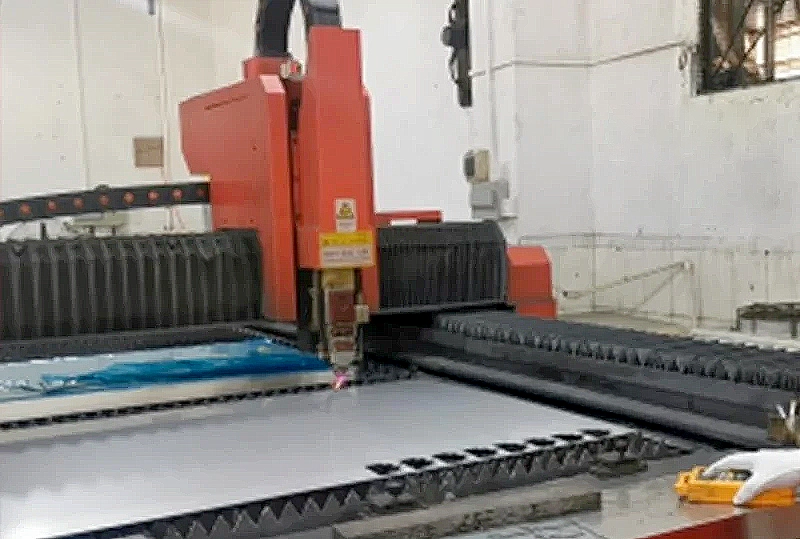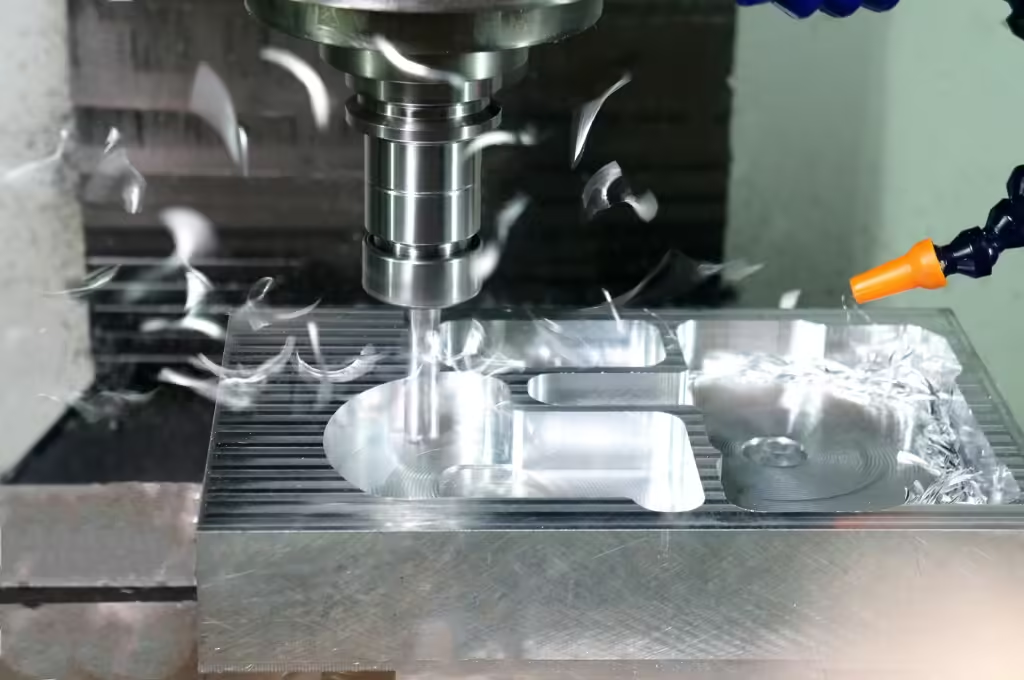When industrial designers are selecting a prototype manufacturing factory, several factors must be considered to ensure that the design is efficiently and accurately transformed into a physical prototype. Here’s a comprehensive guide to help you choose the right factory:
1. Define Your Needs
- Clearly outline your design requirements, including material, dimensions, complexity, quantity, and budget.
2. Research the Market
- Explore available manufacturing services and understand the specialties and reputations of different factories.
3. Evaluate Factory Capabilities
- Assess the factory’s technical capabilities, including equipment, processes, and the expertise of their technical staff.
4. Experience and Case Studies
- Review the factory’s past project cases to understand their experience with similar designs.
5. Quality Management Systems
- Ensure the factory has a strict quality management system and certifications, like ISO certification.
6. Communication and Understanding
- Make sure the factory can comprehend your design intent and communicate the details effectively throughout the manufacturing process.
7. Prototype Production Capabilities
- Understand the factory’s ability to produce prototypes quickly and handle small batch production.
8. Cost Evaluation
- Obtain detailed cost estimates and assess if they fit within your budget.
9. Delivery Time
- Confirm that the factory can meet your delivery timelines.
10. Geographic Location
- Consider the factory’s location for ease of communication, supervision, and logistics.
11. Non-Disclosure Agreement (NDA)
- Ensure the factory is willing to sign an NDA to protect your design confidentiality.
12. Intellectual Property Protection
- Understand the factory’s measures for protecting intellectual property.
13. Customer Service
- Evaluate the quality of the factory’s customer service, including their responsiveness and problem-solving capabilities.
14. Contract Terms
- Carefully review the contract terms to ensure all services and expectations are clearly defined.
15. Environmental and Social Responsibility
- Consider the factory’s record on environmental and social responsibility to ensure they align with your values.
16. Technology Adoption
- Check if the factory uses the latest manufacturing technologies, like 3D printing and CNC machining.
17. Flexibility and Adaptability
- Assess the factory’s flexibility and adaptability when facing design changes.
18. Potential for Long-Term Collaboration
- Consider whether the factory is suitable for long-term collaboration and their commitment to continuous improvement.
19. Visit the Factory
- If possible, visit the factory to get a firsthand look at their working environment and production processes.
20. Get Recommendations
- Seek recommendations from peers or other designers to learn about their experiences working with the factory.
21. Risk Management
- Evaluate the potential risks of collaborating with the factory and develop a risk management plan.
22. Continuous Communication
- Establish ongoing communication channels to promptly address any issues that arise during the manufacturing process.
23. Documentation
- Record the standards, decision-making processes, and details of the collaboration for future reference.
24. Feedback and Improvement
- Collect feedback during the collaboration and work with the factory to find opportunities for improvement.
By following this guide, industrial designers can systematically and comprehensively evaluate and select the right prototype manufacturing factory for their projects.


